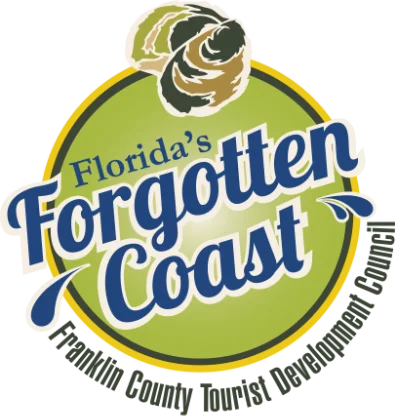You are here: Home > Franklin County Maritime Heritage Museum >
Sponges
 From the mid-1870’s to the early decades of the twentieth century, the sponge industry was a lucrative fishery in Franklin County. Greek families immigrating to Florida after the sponge industry in Greece collapsed in the late 1800s, brought their sponge harvesting knowledge, boat building skills and cultural and culinary traditions to Florida and created a successful fishery that flourished here for more than 50 years.
From the mid-1870’s to the early decades of the twentieth century, the sponge industry was a lucrative fishery in Franklin County. Greek families immigrating to Florida after the sponge industry in Greece collapsed in the late 1800s, brought their sponge harvesting knowledge, boat building skills and cultural and culinary traditions to Florida and created a successful fishery that flourished here for more than 50 years.
By 1879, Apalachicola was home to 16 sponge vessels and by 1895, there were two sponge warehouses in Apalachicola, a fleet of 16 sponge harvesting boats and approximately 100 men employed by this industry. Carrabelle had also developed a large sponge fleet of its own during that time. By 1879, Carrabelle had the largest sponge fleet in Florida next to Key West, according to David Shubow in the Tequesta: The Journal of the Historical Association of Southern Florida.
 The sponge fleet of the Northern Gulf were typically small schooners that would spend about a month offshore on each harvesting trip. Each vessel carried a few small dinghies, usually locally-built boats from 12-15 feet in length. Two men worked each dinghy, one slowly sculling the boat as the other sited and hooked the catch. Sponge glasses were used to view the sea floor. These were wooden boxes or buckets with a glass bottom, often worn around the neck. Placed on the surface of the water, a person looking through the glass could more clearly spot sponges on the bottom. Sponges were brought to the surface with a long-handled, three-pronged iron hook in a harvesting method called “hooking.”
The sponge fleet of the Northern Gulf were typically small schooners that would spend about a month offshore on each harvesting trip. Each vessel carried a few small dinghies, usually locally-built boats from 12-15 feet in length. Two men worked each dinghy, one slowly sculling the boat as the other sited and hooked the catch. Sponge glasses were used to view the sea floor. These were wooden boxes or buckets with a glass bottom, often worn around the neck. Placed on the surface of the water, a person looking through the glass could more clearly spot sponges on the bottom. Sponges were brought to the surface with a long-handled, three-pronged iron hook in a harvesting method called “hooking.”
During the late 1800s, the Apalachicola waterfront was teeming with fishermen unloading their sponges and taking them to the Apalachicola Sponge Exchange where the sponges were auctioned to dealers, who inspected the catch and made sealed bids. The three principal buyers of sponges at the time were merchants M. Brash, Sr., John G. Ruge, and Joseph Messina whose agents inspected the catch and made sealed bids. The sponges were later shipped to San Francisco, St. Louis, Baltimore, and New York.

Today, one of the original sponge warehouses remains in Apalachicola’s historic downtown district. The Sponge Exchange, located at 16 Avenue E was built in 1831 and is one of the original sponge warehouses. Descendants of Greek sponge divers, boat builders, and their families still live in Apalachicola.
Franklin County’s sponge industry was profitable but short-lived. The arrival of diving technology in the early 1900s, which introduced the diving suit, brought more efficiency to harvesting and enabled men to walk along the sea floor to more quickly harvest sponges. By around the 1930s a combination of overharvesting, blight, and the invention of synthetic sponges led to the depletion of the sponge industry. In 1939, sponge harvesting was banned in the northern Gulf waters. In 2007, the Florida Fish and Wildlife Conservation Commission (FWC) reopened the northern Gulf and extended the sponge harvesting area along much of Florida’s Northern Gulf Coast.
Today, you may find locally-sourced sponges in retail shops in Franklin County. Modern sponge divers still use the air hose method pioneered by Greek divers in the 19th century but sustainable harvesting methods, based on an understanding of the biology of these marine animals, are used.

